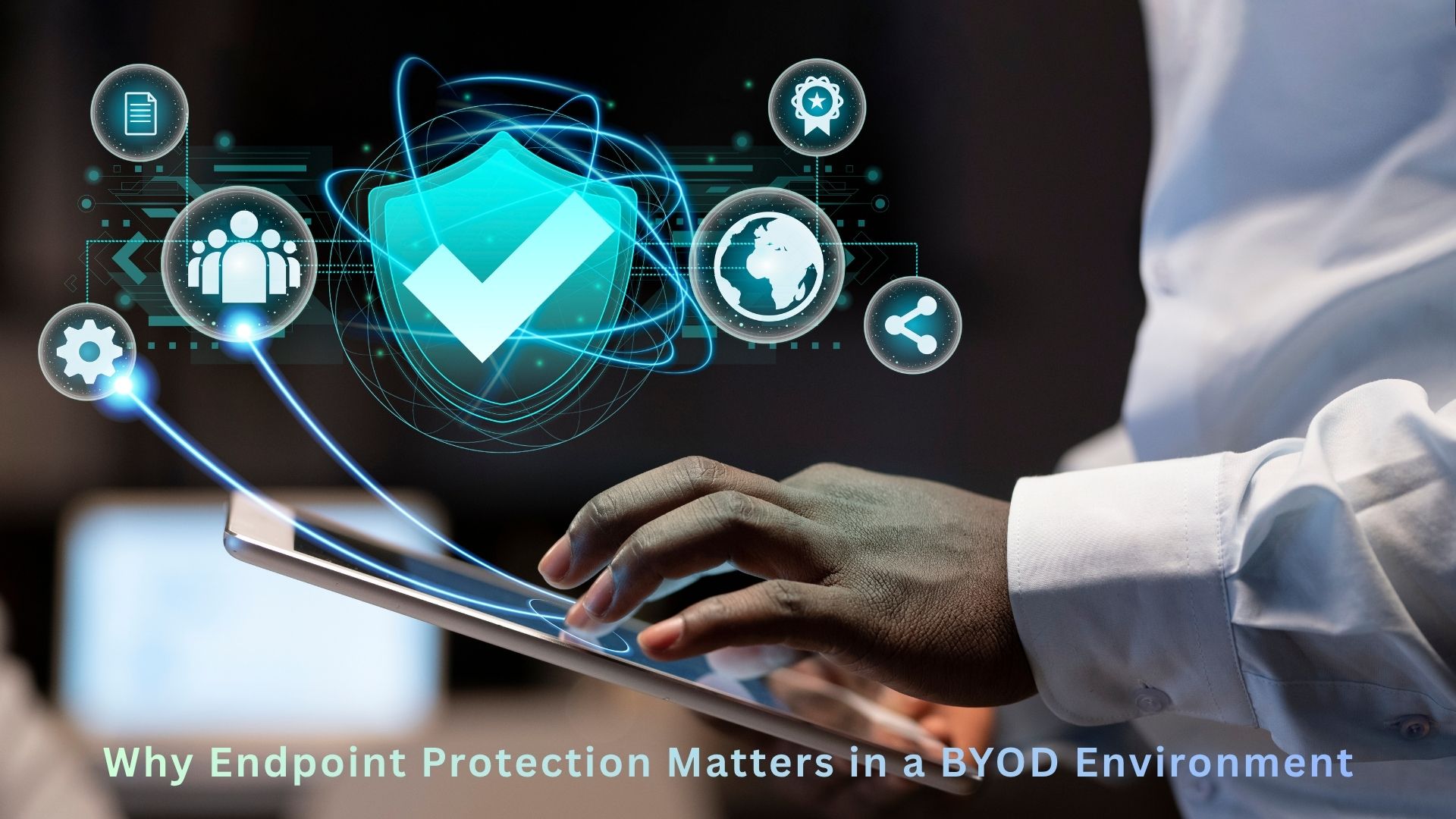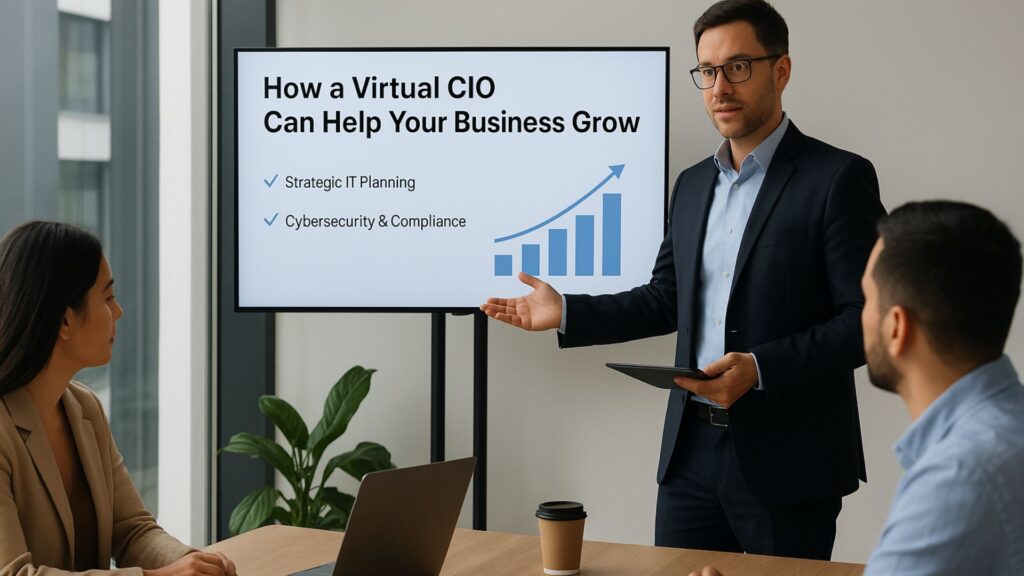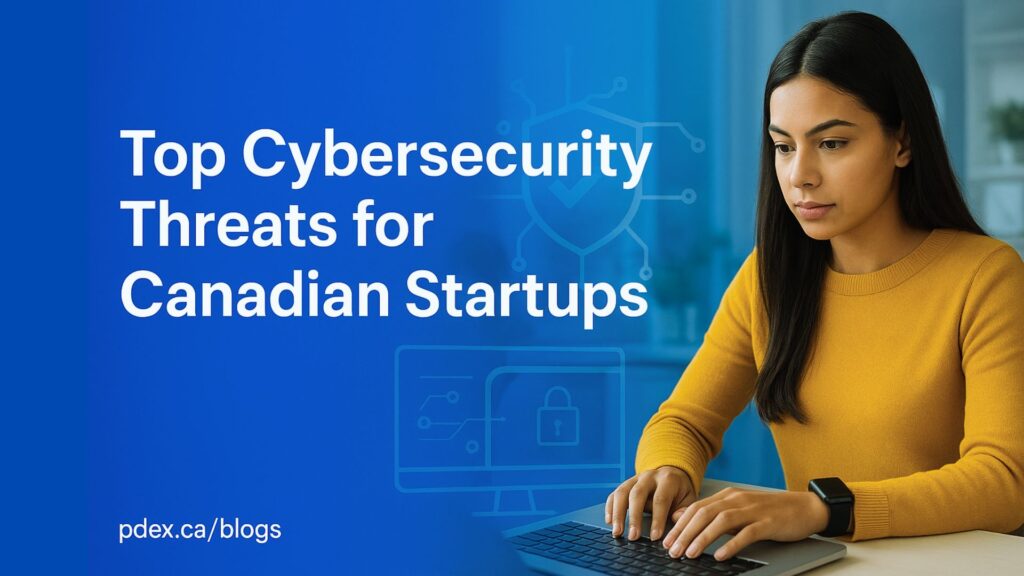Why Endpoint Protection Matters in a BYOD Environment
Poindexters Lab
October 31, 2025

In today’s workplace, Bring Your Own Device (BYOD) has become the new normal. Employees prefer the convenience of using personal laptops, tablets, and smartphones for work. While BYOD boosts flexibility and productivity, it also opens the door to serious cybersecurity risks. That’s where endpoint protection steps in.
What Is Endpoint Protection?
Endpoint protection refers to the security measures used to safeguard devices—known as “endpoints”—that connect to your business network. These include laptops, phones, tablets, and even IoT devices. With employees accessing company data from various locations, these endpoints become potential targets for cyberattacks, malware, and data breaches.
Why BYOD Increases Security Risks
When employees use personal devices for work:
-
Security standards vary: Personal devices often lack enterprise-grade antivirus or encryption.
-
Network exposure: Devices may connect through unsecured Wi-Fi networks.
-
Data mixing: Personal and business data stored on the same device makes it hard to control or wipe sensitive files.
-
Lost or stolen devices: A single misplaced phone can compromise confidential business data.
Without endpoint security policies in place, your organization’s entire network is vulnerable.
Benefits of Endpoint Protection in a BYOD Setup
Centralized Security Management
Endpoint protection allows IT teams to monitor, detect, and respond to threats from one platform—no matter where employees work.Data Encryption and Access Control
Protects sensitive business information by ensuring only authorized users can access data.Threat Detection and Response
Modern endpoint tools use AI to identify suspicious activity and block malware before it spreads across the network.Device Tracking and Remote Wipe
If a device is lost or stolen, IT admins can remotely lock or erase it to prevent data leaks.Compliance with Regulations
Industries under HIPAA, GDPR, or PIPEDA can maintain compliance through endpoint encryption and secure data handling.
Building a Secure BYOD Policy
Establish clear guidelines on what devices are allowed.
Require strong passwords and multi-factor authentication (MFA).
Implement mobile device management (MDM) tools for visibility.
Regularly update and patch software on all connected devices.
Educate employees about phishing and safe browsing practices.
Final Thoughts
BYOD is here to stay—but so are cyber threats. The right endpoint protection strategy ensures that your business enjoys the benefits of flexibility without compromising security. Whether you’re managing a hybrid workforce or a remote team, partnering with a Managed IT Service Provider (MSP) like PDEX can help you deploy, monitor, and maintain enterprise-grade endpoint protection.
Have Any Question?
Secure your digital future—get in touch with us today and move forward with confidence.
- (647) 800 4399
- [email protected]





